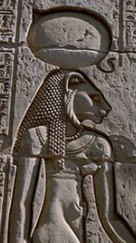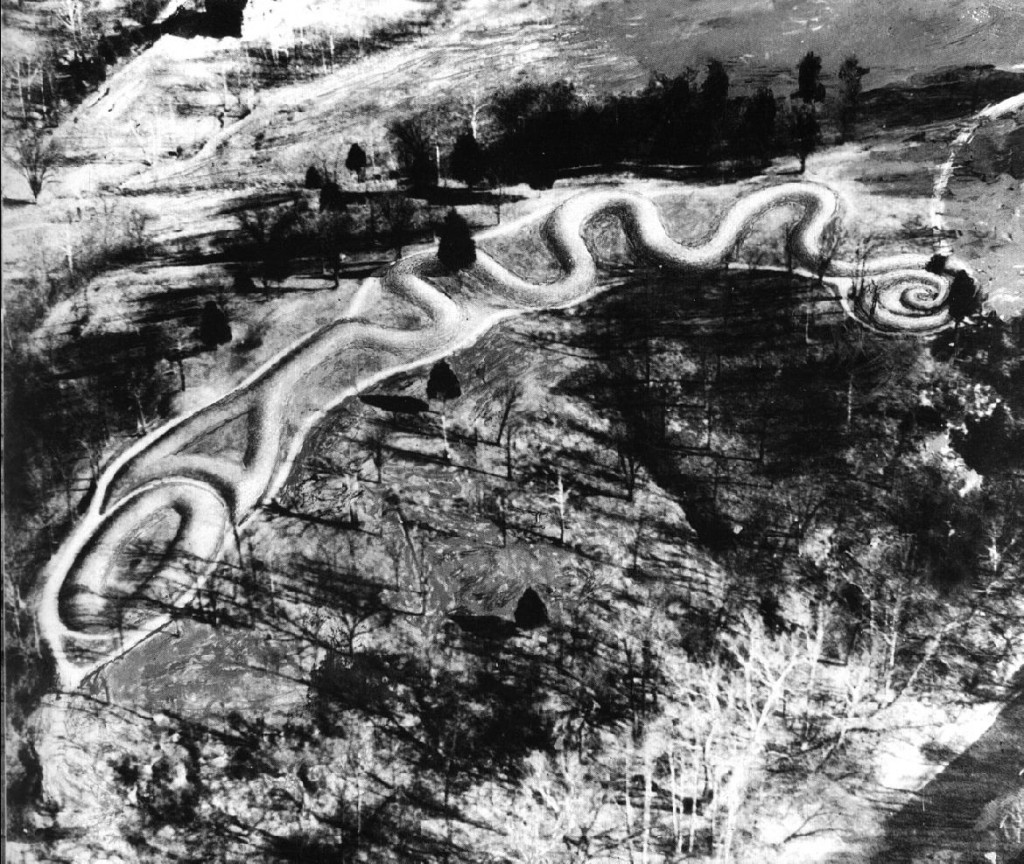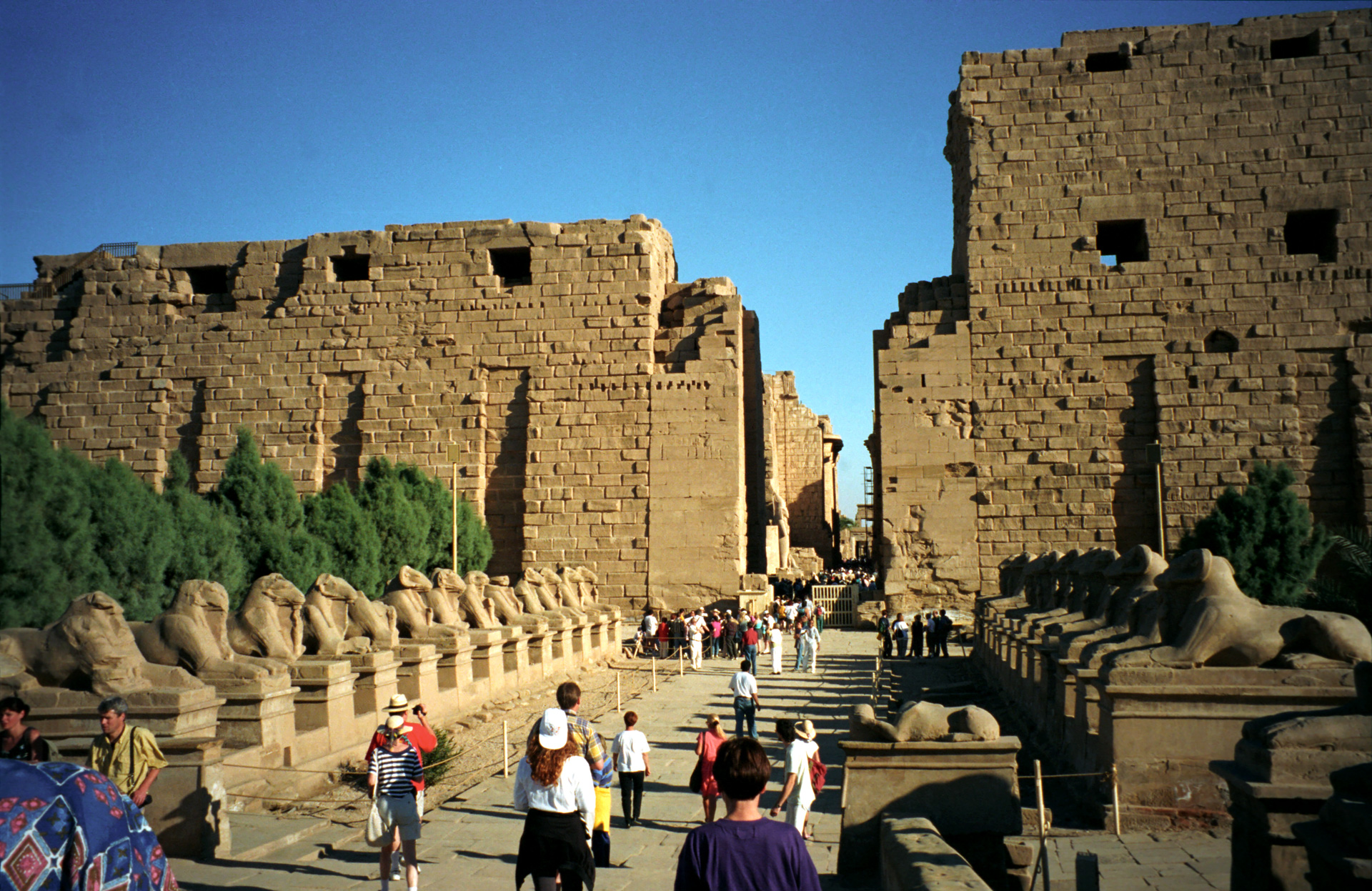 Sekhmet (“The Mighty One”), lioness goddess of ancient Egypt, spread terror with her bloody rampages. Yet she became the protector of kings and a favorite personal goddess of millions of Egyptians.
Sekhmet (“The Mighty One”), lioness goddess of ancient Egypt, spread terror with her bloody rampages. Yet she became the protector of kings and a favorite personal goddess of millions of Egyptians.
Why did Egyptians have a goddess who required such assiduous and even obsessive propitiation? Why did other Egyptian goddesses play roles similar to Sekhmet’s? What explains Sekhmet’s dual nature as destroyer and protector? Why did Egyptians call her the Eye of Ra? Why did she originally appear with an oval disk on her head?
We now have good answers to these questions. But in order to understand them, we need to see why we should think that Sekhmet was Planet Venus. And that requires us to investigate a major case of scientific rejectionism.
Tags: Ancient Egypt, Bastet, Bronze Age catastrophes, Egyptian medicine, Hathor, isis, Mars, Mut, myth, Ra, Sekhmet, Tefnut, Velikovsky, venus

411-meter long Great Serpent Mound in Ohio is the world’s longest effigy monument. Archaeological investigations have yielded conflicting results about its initial construction date, and various theories regarding its meaning have failed to gain traction. But a Revised Venus Theory–one that modifies Immanuel Velikovsky’s theory that the planet Venus was originally a comet that approached the Earth and caused great devastation–neatly matches key characteristics of the Great Serpent Mound.
Recently, this Revised Venus Theory has gained additional credibility from a commonsensical explanation of how a comet-like Venus could have seemed to emerge from Jupiter as in ancient Hindu and Greek myths (Jupiter’s gravity pulled it from the outer solar system), including a simple, obvious reinterpretation of the Metis myth. Much new evidence has also emerged. And the theory has found powerful substantiation from a reinterpretation of the headdress of Queen Nefertari of Egypt, consort of Pharaoh Ramses II, in this image from Abu Simbel (Ramses II’s headdress appears to contain Mars with two moons and a tail, either borrowed from Venus in an encounter or from Martian dust stirred up by an encounter).
Tags: Ancient Egypt, Ancient North America, catastrophe, comet, iconography, planetary science, serpent mound, Velikovsky, venus
 Sometimes we just need to listen carefully. Definitely in regard to Karnak.
Sometimes we just need to listen carefully. Definitely in regard to Karnak.
Egyptian priests told Herodotus, a careful listener, that four times since Egypt had become a kingdom “the Sun rose contrary to his wont; twice he rose where he now sets, and twice he set where he now rises.”
This evidence, and much else, was interpreted by
Tags: alignment, Amon-Re, Ancient Egypt, archaeoastronomy, Gerald Hawkins, Herodotus, inversion, Karnak, Khonsupakerod, Middle Kingdom, New Kingdom, Norman Lockyer, orientation, Serabit el Khadim, Tanis, temples, Theban Hills, Velikovsky, venus
Among the deepest mysteries of ancient Egypt  is the Great Sphinx of Giza. Researchers, both professional and amateur, have painstakingly investigated its every aspect. Yet key puzzles remain, above all the question of why this colossal structure, the ancient world’s largest monument, was built in the first place.
is the Great Sphinx of Giza. Researchers, both professional and amateur, have painstakingly investigated its every aspect. Yet key puzzles remain, above all the question of why this colossal structure, the ancient world’s largest monument, was built in the first place.
It’s not that serious researchers and free-ranging speculators have not proposed explanations. But every theory put forward falls well short of true persuasiveness or stumbles over inconvenient facts. Here are three anomalies a correct theory should explain.
Tags: Ancient Egypt, Bronze Age catastrophes, Giza, Great Sphinx, Khafre, myth, pyramids, Re Horakhty, Sekhmet, Sphinx, Velikovsky, venus
 Sekhmet (“The Mighty One”), lioness goddess of ancient Egypt, spread terror with her bloody rampages. Yet she became the protector of kings and a favorite personal goddess of millions of Egyptians.
Sekhmet (“The Mighty One”), lioness goddess of ancient Egypt, spread terror with her bloody rampages. Yet she became the protector of kings and a favorite personal goddess of millions of Egyptians.


